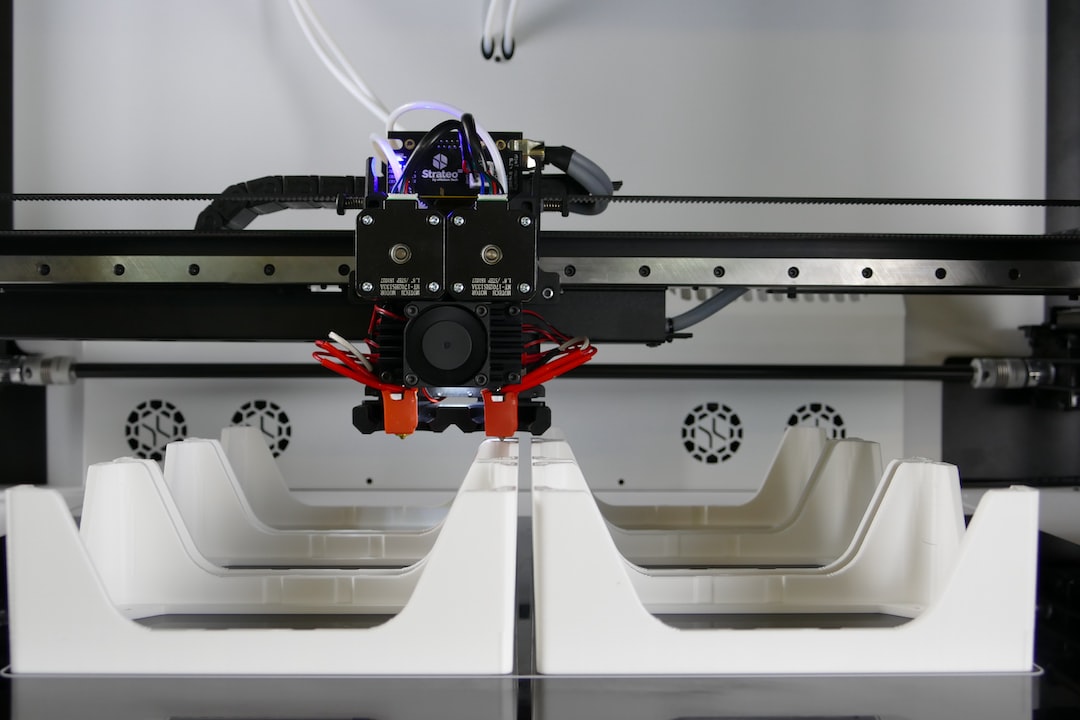The Internet of Things (IoT) has revolutionized the way we live and work. From smart homes to industrial systems, IoT devices are connecting and sharing data like never before. However, this increased connectivity also brings about new security threats. In this comprehensive guide to IoT security, we will explore the importance of securing IoT devices, common vulnerabilities, and best practices to protect against potential risks.
Understanding IoT Security
IoT devices are essentially small computers that connect to the internet. They collect and share data with each other and with cloud-based systems. While this connectivity brings greater convenience and efficiency, it also opens the door to potential security breaches.
The Importance of IoT Security
Securing IoT devices is critical for several reasons. Firstly, these devices often handle sensitive data, such as personal information or industrial trade secrets. If a hacker gains access to this data, it can have serious consequences, including identity theft or intellectual property theft.
Secondly, compromised IoT devices can be used as gateways to launch further attacks. As the number of connected devices continues to grow, hackers have more opportunities to exploit vulnerable systems. By gaining control of one device, they can infiltrate an entire network.
Common Vulnerabilities
Several vulnerabilities make IoT devices susceptible to attacks. One major concern is the lack of robust security measures implemented during the manufacturing process. Many manufacturers prioritize functionality and cost-cutting over security. This results in devices that can easily be manipulated by hackers.
Additionally, IoT devices often have weak default passwords or no password protection at all. This makes them an easy target for brute-force attacks. Hackers can also take advantage of outdated firmware or software, as manufacturers often fail to provide regular updates.
Securing IoT Devices
To protect IoT devices from potential threats, several security measures should be implemented. Firstly, strong authentication and encryption protocols should be used. This includes replacing default passwords with unique, complex ones, and implementing two-factor authentication where possible.
Regular firmware and software updates are crucial in ensuring device security. Manufacturers should be proactive in addressing vulnerabilities and releasing patches. As a user, it is important to regularly check for updates and install them promptly.
Network segmentation is another effective security measure. This involves dividing IoT devices into separate networks, preventing a potential breach from spreading to the entire system. Additionally, firewalls and intrusion detection systems should be in place to monitor and block any suspicious activities.
Best Practices for IoT Security
In addition to the aforementioned security measures, here are some best practices to enhance IoT security:
1. Conduct a risk assessment: Identify potential vulnerabilities and develop strategies to mitigate them.
2. Implement comprehensive data encryption: This ensures that data transmitted between devices and systems is secure.
3. Manage access control: Only authorized personnel should have access to IoT devices. Regularly review and update user privileges.
4. Monitor device behavior: Implement device behavior analytics to detect any abnormal activities that may indicate a security breach.
5. Conduct regular security audits: Regularly assess the security measures in place and make necessary improvements.
Conclusion
The Internet of Things has brought tremendous advancements to our lives, but it also presents significant security risks. Securing IoT devices is crucial to protect sensitive data and prevent widespread network breaches. By implementing strong authentication measures, regular updates, and network segmentation, we can ensure the safety and integrity of our IoT systems. Regular risk assessments and security audits are also important to stay ahead of emerging threats. By following these best practices, we can embrace the benefits of IoT while keeping our digital lives secure.

